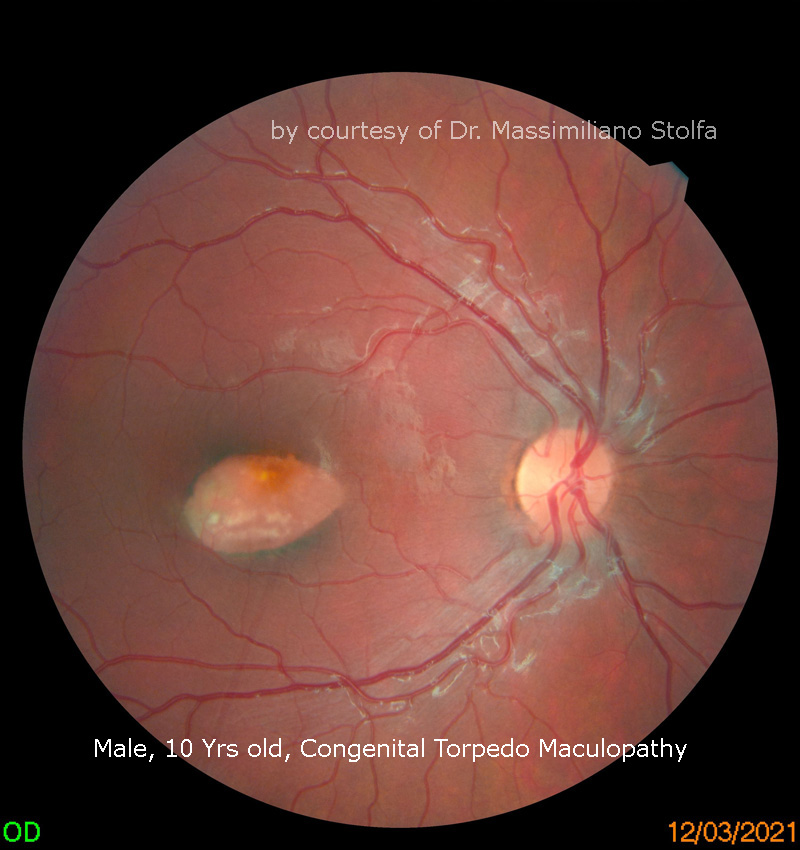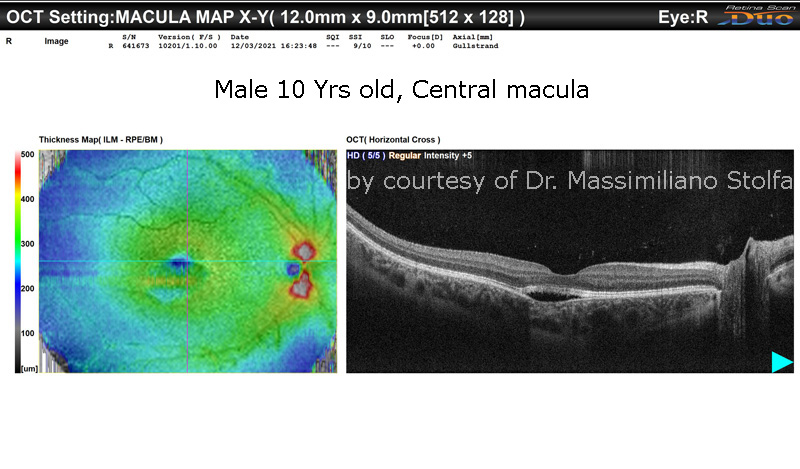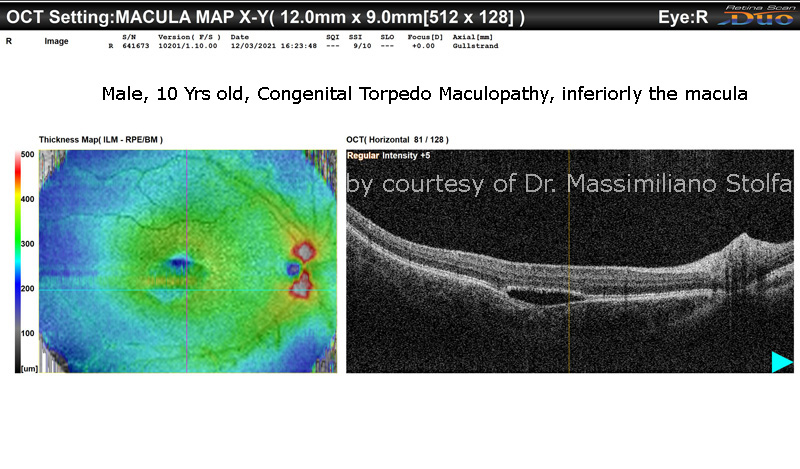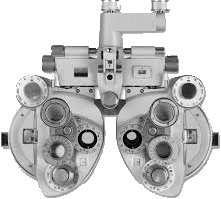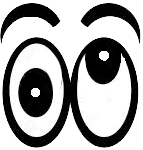ABOUT ME
What I work for.
BSc (Hons), MCOptom, Dip Tp (IP), MECS
STUDIES
15/07/1984 High School Diploma at the Institute F. Severi Veroli (FR) Italy with score of 54/60.
27/07/1987 Regional Diploma in Optometry at the Institute A. Fleming in Rome in collaboration with City University in London.
18/09/1992 Degree in optometry leading to a Master's degree Doctor of Optometry at the State University of Riga - Latvia.
03/02/2014 Registered in UK under GOC rules with the number 01-27824.
19/12/2016 Postgraduate qualification in Independent Prescribing at University of Ulster
Specific skills: Eye examination, Behavioural visual analysis, Contact lenses, Pediatric optometry, Visual education;, Sports vision, Orthokeratology, Contact lenses for keratoconus and cornreal distrophies, Ccleral lenses, Vision & posture, Colourimetry, Dry eyes assessment and management, Minor Eyes Conditions Service, Learning disabilities management and training (links with posturologists, speech pathologists, dentists), Independent presciber of eye medicines.
RESEARCH WORK
14/02/1993 First official SCS Method experimentation at the Department of Optometry of the State University of Riga, Latvia.
05/12/1993 Second official SCS Method experimentation at the Department of Optometry of the State University of Riga, Latvia.
09-24/04/2001 Official screening on simple and complex asthenopy at the state primary school of the first circle of Veroli (FR) Italy.
16/12/2002 Study on visual behaviour on the first class (7 classes of primary school) of first circle of Veroli (FR) Italy.
15-28/05/2002 Official screening on simple and complex asthenopy at the state primary school of the first circle of Veroli (FR) Italy.
PUBLICATIONS
Article 1991 of Optometry (no. 57 years XV - April, May, June 1991).
Article 1994 of Optometry Professional (No. 10 Year III - November 1994).
04/07/1994 publication, issued the first edition of the book "SCS Method for the treatment of asthenopia simple and complex."
Article 1997 of the Optical (n ° 252 - October 1997).
Article 1997 of Italian Optics (No. XXXIX 11 years - November 1997).
11/1998 Article on The Optician, "6 years of research with the SCS Method".
10/2004 Article on The Optician, "Analysis of the topographic images."
LATEST REPORTS SUBMITTED
03/1991 Congress of the Italian Board of optometrists - Florence - Italy.
09/1995 2nd International Congress of Optometry - Riga - Latvia.
03/1997 1st European Congress of Behavioral Optometry OEP - London - UK
09/1997 1st Congress AE.P.A.S.T. - Milazzo - Italy.
11/1997 Congress A.O.I. - F.E.O.L.A. - A.I.O.C. - Florence - Italy.
05/1998 International Congress of Behavioral Optometry OEP - Washington - USA
10/1998 IX Baltic Congress of Ophthalmology and Optometry - Riga - Latvia.
06/2004 Teaching CET Course: Optometry and learning disabilities (Osimo - Ancona).
07/2004 Teaching CET Course: Contact lenses and corneal topography (Osimo - Ancona).
09/2004 Teaching CET Course: Asthenopia (Livorno).
10/2004 Teaching CET Course: Learning Disabilities (Rome).
11/2004 Teaching CET Course: Learning Disabilities (Naples).
11/2004 Teaching CET Course: Asthenopia (Naples).
TEACHING
At the National Institute of Optometric Sciences E. de Amicis in Rome from 1991 to 1996 for the topics of: Tools and refractive Techniques, Visual analysis and Optometry Clinic, Drugs, Binocular Vision.
Since 2004, teaching courses in CET topics: Contact lenses, corneal topography, Asthenopia, Learning Disabilities, Optometry and Low Vision Clinic.
HOSPITAL ATTACHMENT
09-11/2013 Barnsley Hospital Trust - Barnsley (South Yorkshire) - UK
15/07/2017 - 16/03/2018 St. Mary's Hospital Trust - Newport (Isle of Wight) - UK
STUDIES
15/07/1984 High School Diploma at the Institute F. Severi Veroli (FR) Italy with score of 54/60.
27/07/1987 Regional Diploma in Optometry at the Institute A. Fleming in Rome in collaboration with City University in London.
18/09/1992 Degree in optometry leading to a Master's degree Doctor of Optometry at the State University of Riga - Latvia.
03/02/2014 Registered in UK under GOC rules with the number 01-27824.
19/12/2016 Postgraduate qualification in Independent Prescribing at University of Ulster
Specific skills: Eye examination, Behavioural visual analysis, Contact lenses, Pediatric optometry, Visual education;, Sports vision, Orthokeratology, Contact lenses for keratoconus and cornreal distrophies, Ccleral lenses, Vision & posture, Colourimetry, Dry eyes assessment and management, Minor Eyes Conditions Service, Learning disabilities management and training (links with posturologists, speech pathologists, dentists), Independent presciber of eye medicines.
RESEARCH WORK
14/02/1993 First official SCS Method experimentation at the Department of Optometry of the State University of Riga, Latvia.
05/12/1993 Second official SCS Method experimentation at the Department of Optometry of the State University of Riga, Latvia.
09-24/04/2001 Official screening on simple and complex asthenopy at the state primary school of the first circle of Veroli (FR) Italy.
16/12/2002 Study on visual behaviour on the first class (7 classes of primary school) of first circle of Veroli (FR) Italy.
15-28/05/2002 Official screening on simple and complex asthenopy at the state primary school of the first circle of Veroli (FR) Italy.
PUBLICATIONS
Article 1991 of Optometry (no. 57 years XV - April, May, June 1991).
Article 1994 of Optometry Professional (No. 10 Year III - November 1994).
04/07/1994 publication, issued the first edition of the book "SCS Method for the treatment of asthenopia simple and complex."
Article 1997 of the Optical (n ° 252 - October 1997).
Article 1997 of Italian Optics (No. XXXIX 11 years - November 1997).
11/1998 Article on The Optician, "6 years of research with the SCS Method".
10/2004 Article on The Optician, "Analysis of the topographic images."
LATEST REPORTS SUBMITTED
03/1991 Congress of the Italian Board of optometrists - Florence - Italy.
09/1995 2nd International Congress of Optometry - Riga - Latvia.
03/1997 1st European Congress of Behavioral Optometry OEP - London - UK
09/1997 1st Congress AE.P.A.S.T. - Milazzo - Italy.
11/1997 Congress A.O.I. - F.E.O.L.A. - A.I.O.C. - Florence - Italy.
05/1998 International Congress of Behavioral Optometry OEP - Washington - USA
10/1998 IX Baltic Congress of Ophthalmology and Optometry - Riga - Latvia.
06/2004 Teaching CET Course: Optometry and learning disabilities (Osimo - Ancona).
07/2004 Teaching CET Course: Contact lenses and corneal topography (Osimo - Ancona).
09/2004 Teaching CET Course: Asthenopia (Livorno).
10/2004 Teaching CET Course: Learning Disabilities (Rome).
11/2004 Teaching CET Course: Learning Disabilities (Naples).
11/2004 Teaching CET Course: Asthenopia (Naples).
TEACHING
At the National Institute of Optometric Sciences E. de Amicis in Rome from 1991 to 1996 for the topics of: Tools and refractive Techniques, Visual analysis and Optometry Clinic, Drugs, Binocular Vision.
Since 2004, teaching courses in CET topics: Contact lenses, corneal topography, Asthenopia, Learning Disabilities, Optometry and Low Vision Clinic.
HOSPITAL ATTACHMENT
09-11/2013 Barnsley Hospital Trust - Barnsley (South Yorkshire) - UK
15/07/2017 - 16/03/2018 St. Mary's Hospital Trust - Newport (Isle of Wight) - UK
Optometry
Optometry is the science of vision and its approach with visual problems is functional and therapeutic. Optometrist is the practitioner specialized in treatment of visual function and in detecting eyes anomalies and diseases. He/She does not just check a possible defect of vision, but making a complete visual analysis is able to prescribe the best corrective system for the end user. He/She takes into account all aspects of individual behavior (type of work / study, posture, visual effort hours, previous stories, hobbies, etc.) and visual-motor changes that will create new prescriptions (estimate of distances, estimates of the depth of focus, excess or convergence insufficiency, accommodative problems, eye movement problems, etc.). Optometrist detects eye diseases and treat them or refer to another practitioner in case recognise his/her limitation in order to help patients as better as possible. Can start an effective visual rehabilitation to combat a variety of visual and visual-behavioral problems such as functional myopia, simple or complex asthenopia, learning difficulty, etc. Interdisciplinary collaboration is crucial for the health protection of patients sight.
Optometrist Tasks
Eye Examination
The treatment involves the use of special contact lenses that are worn only during sleep. On waking the lenses should be removed and the vision will be perfect to the naked eye. The lenses for orthokeratology shaping the cornea to make them take a curve that eliminates all previous short-sightedness and astigmatism. The Treatment is reversible and non-invasive.
Investigations
Static and dynamic Retinoscopy.
Auto-Computerized refractometry (allows to know the nearest gradation of refractive eye without the patient cooperates minimally. Andis 'possible to carry out the examination on any patient of any age. It is possible to carry out the examination of patients at home that can not reach the clinic).
Computerized corneal topography (returns a colorimetric map of the cornea, allowing the analysis of the curves in great detail and comparing them over time; this is useful for people with contact lenses of any kind, either for people who have not ever used CLs).
Wavefront analysis (returns a colorimetric map of the aberrations of the eye to study any problems difficult to resolve with conventional corrective methods emphasizing anomalies that can substantiate the problematicity).
Examination of the anterior segment of the eye and of the tear film, BUT, Shirmer Test, Phenol Red Test, Etc.
Pachymetry (to measure the thickness of the cornea).
Goldman Applanation Tonometry and Non contact Tonometry (Children, Disabled people, others).
Visual Field.
Optical Coherence Tomography.
Colorimetry (for learning difficulties and reading difficulty.
Flicker stimulation therapy for "lazy" eye. In case of functional amblyopia (not pathological or organic) it is possible to stimulate the retina in order to increase visual acuity.
Visual Education
Visual Training to improve the sport performances (Sport Vision).
Simple and complex treatment of asthenopia (SCS Method).
Treatment of Learning Difficulties (DLS).
Exercises for the fusional reserves (convergence and divergence) and Accommodation (Install the free android App).
Postural Education at close distance.
Optometry is the science of vision and its approach with visual problems is functional and therapeutic. Optometrist is the practitioner specialized in treatment of visual function and in detecting eyes anomalies and diseases. He/She does not just check a possible defect of vision, but making a complete visual analysis is able to prescribe the best corrective system for the end user. He/She takes into account all aspects of individual behavior (type of work / study, posture, visual effort hours, previous stories, hobbies, etc.) and visual-motor changes that will create new prescriptions (estimate of distances, estimates of the depth of focus, excess or convergence insufficiency, accommodative problems, eye movement problems, etc.). Optometrist detects eye diseases and treat them or refer to another practitioner in case recognise his/her limitation in order to help patients as better as possible. Can start an effective visual rehabilitation to combat a variety of visual and visual-behavioral problems such as functional myopia, simple or complex asthenopia, learning difficulty, etc. Interdisciplinary collaboration is crucial for the health protection of patients sight.
Optometrist Tasks
Eye Examination
- Study of refractive errors, nowdays with 0.01 diopters steps (25 times more accurate than 0.25 steps).
- Aberrometry with 7K biometric measurements to reduce high order aberrations with customised lenses for a unique vision.
- Study of binocular vision.
- Solutions to improve vision with optical aids such as glasses (even with 0.01 diopters steps lenses) or contact lenses.
- Solutions to improve visual skills wih the visual training techniques or posturals one.
- Solutions to slow the progression of myopia, to prevent asthenopeic symptoms, to improve school and work performances.
- Visual Field Assessment.
- Intra Ocular Pressure Assessment.
- Retina (back of the eye) assessment and Photographic recording.
- Pre and Post assessment for Refractive Laser eye surgery.
- Pre and Post assessment for Cataract surgery.
- Assessment of ocular health (Anterior eye, media, Retina)
- 3D OCT tecnology to detect eye conditions up to eight years sooner than regular eye test.
- Stereoscopic vision test.
- Colour vision test.
- Analysis of central retinal distortion (Amsler Chart).
- Contrast sensitivity test
- Dynamic visual acuity test
- Corneal Topography
- Wavefront aberrations
- Visual Field test
- OCT examination
- Contact lenses, Orthokeratology, Scleral and mini-Scleral CLs
- Anterior segment examination
- Final contact lenses fitting
The treatment involves the use of special contact lenses that are worn only during sleep. On waking the lenses should be removed and the vision will be perfect to the naked eye. The lenses for orthokeratology shaping the cornea to make them take a curve that eliminates all previous short-sightedness and astigmatism. The Treatment is reversible and non-invasive.
Investigations
Static and dynamic Retinoscopy.
Auto-Computerized refractometry (allows to know the nearest gradation of refractive eye without the patient cooperates minimally. Andis 'possible to carry out the examination on any patient of any age. It is possible to carry out the examination of patients at home that can not reach the clinic).
Computerized corneal topography (returns a colorimetric map of the cornea, allowing the analysis of the curves in great detail and comparing them over time; this is useful for people with contact lenses of any kind, either for people who have not ever used CLs).
Wavefront analysis (returns a colorimetric map of the aberrations of the eye to study any problems difficult to resolve with conventional corrective methods emphasizing anomalies that can substantiate the problematicity).
Examination of the anterior segment of the eye and of the tear film, BUT, Shirmer Test, Phenol Red Test, Etc.
Pachymetry (to measure the thickness of the cornea).
Goldman Applanation Tonometry and Non contact Tonometry (Children, Disabled people, others).
Visual Field.
Optical Coherence Tomography.
Colorimetry (for learning difficulties and reading difficulty.
Flicker stimulation therapy for "lazy" eye. In case of functional amblyopia (not pathological or organic) it is possible to stimulate the retina in order to increase visual acuity.
Visual Education
Visual Training to improve the sport performances (Sport Vision).
Simple and complex treatment of asthenopia (SCS Method).
Treatment of Learning Difficulties (DLS).
Exercises for the fusional reserves (convergence and divergence) and Accommodation (Install the free android App).
Postural Education at close distance.
Macular Degeneration
Age-Related Macular Degeneration (AMD), represents the major cause of blindness in people over fifty years of age, in our country and throughout the Western world. AMD is an eye condition that typically affects the elderly the most sensitive part of the retina, the macula, with a progressive course that can lead to complete and irreversible loss of central vision.

Children and vision
When to visit: The first visit must be made about a year old. Such an investigation is strictly instrumental / objective and serves to prevent the presence of major visual defects that may affect the proper development of visual-motor child. It is here that you ask the cooperation of the child and the visit lasts a few minutes. Are not always necessary medication (eye drops or other) and no invasive or unpleasant for the child who is being examined in arm of one of the parents.
The second visit ...
The second visit ...
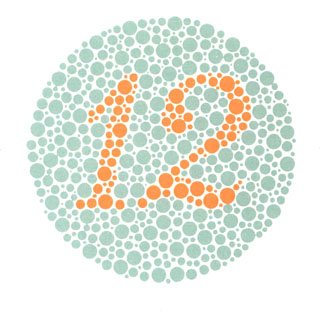
Colour test
You can test your colour vision with the colour test clicking on Read More below.
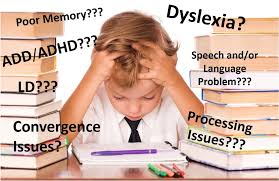
Learning Difficulties
The simplest definition of DLS is probably the following: a subject is defined suffering from DLS when despite possessing normal organic-intellectual quality, have poor learning ability and behavior in relation to his age.
CONTACT
Want to know more? Please send your own message.
send
CONTACT ADDRESS
MEoptometrist@gmail.com
Phone : +44 1903 522177
Vision Express
https://www.visionexpress.com/opticians/newport/newport-isle-of-wight
120 High Street, Newport (IOW), PO30 1TP
MEoptometrist@gmail.com
Phone : +44 1903 522177
Vision Express
https://www.visionexpress.com/opticians/newport/newport-isle-of-wight
120 High Street, Newport (IOW), PO30 1TP
Download my Android free App and install them allowing third parties in your settings
All but BinoEyes and CityColourTest are for Optometrist only: Download the Apps remembering to set your device accepting third parties Apps into your Security settings before installing (Only Bino Eyes is on google play store and doesn't need this).
by Stomax 2023


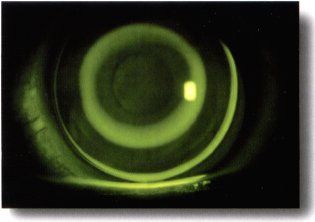
.JPG)
.JPG)
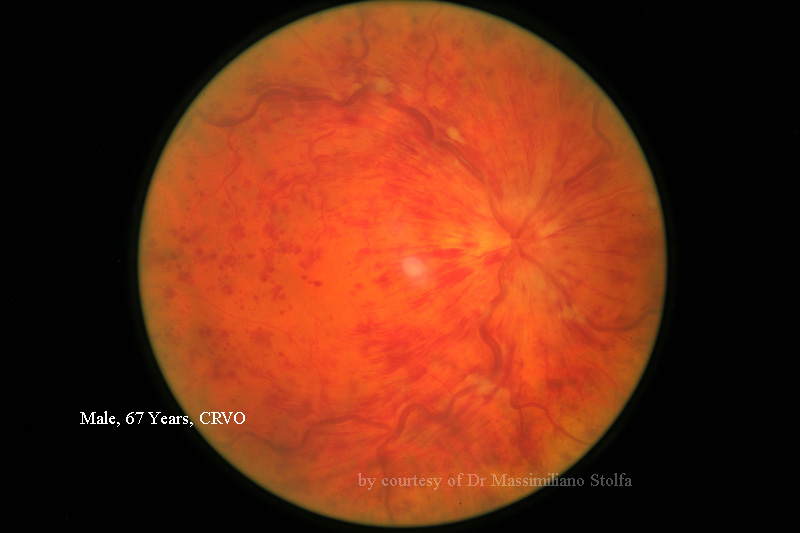
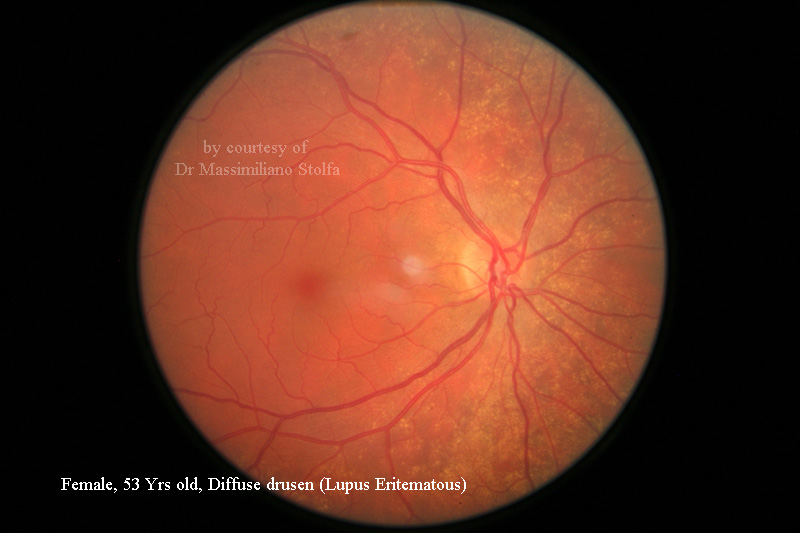
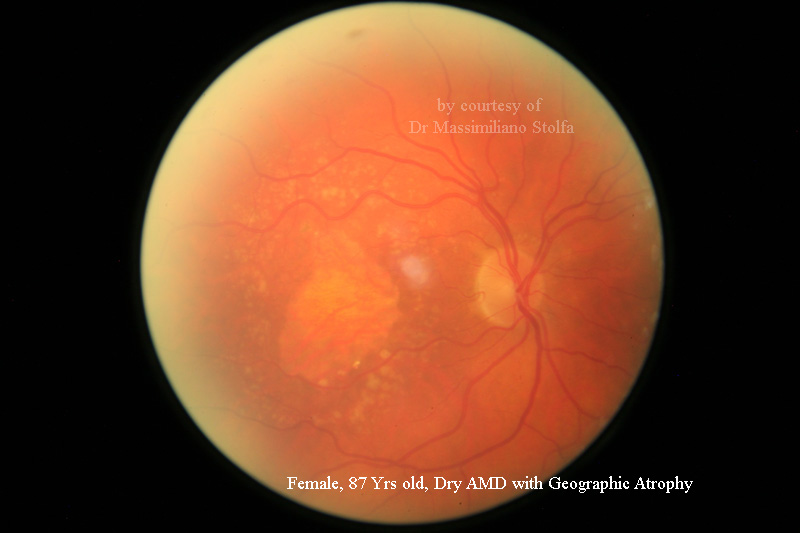
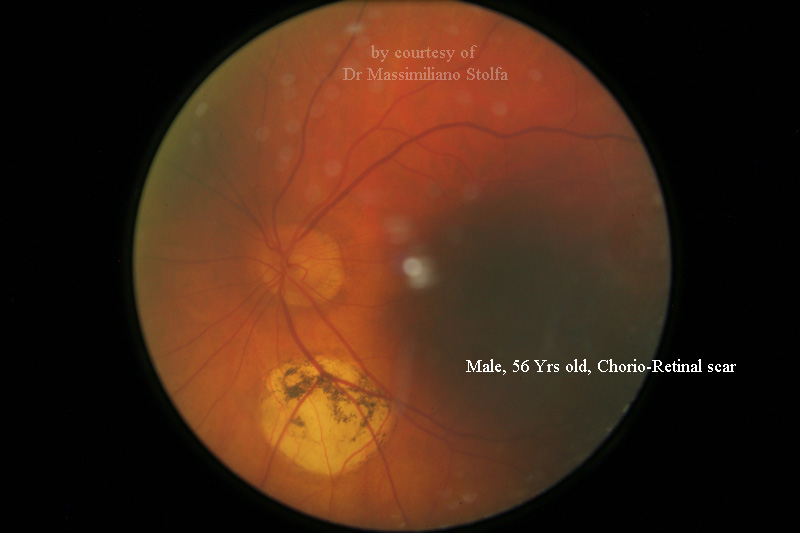
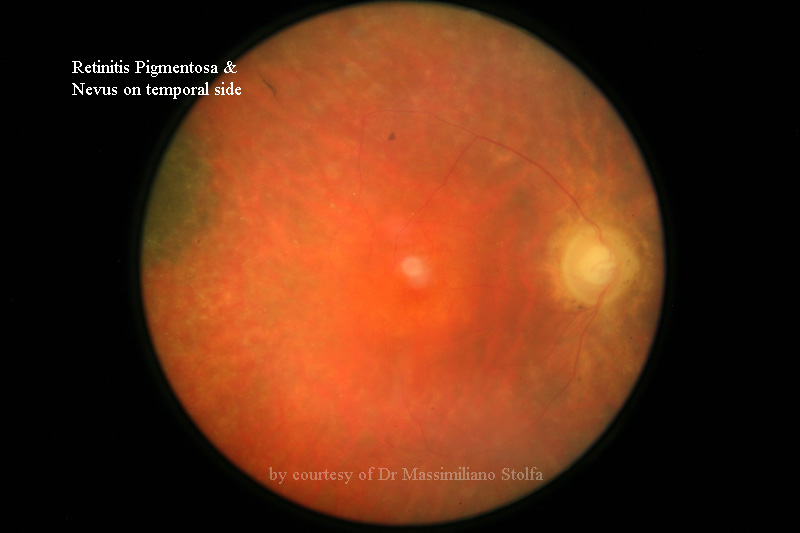
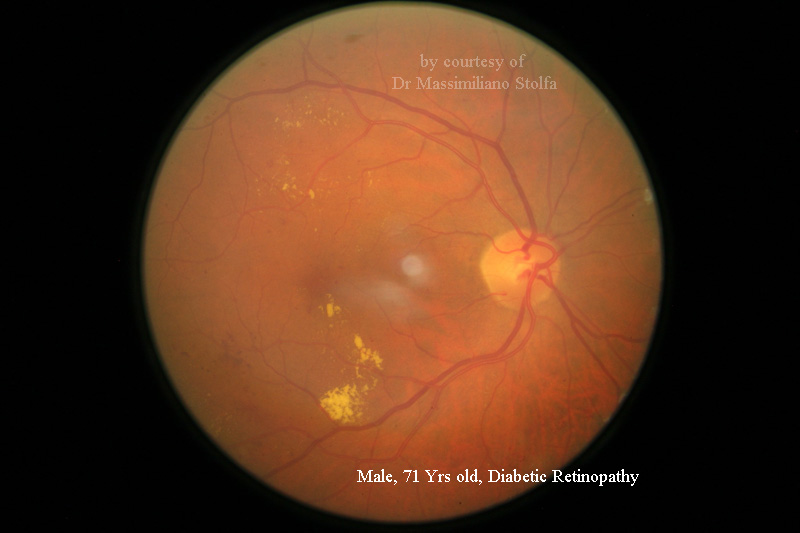
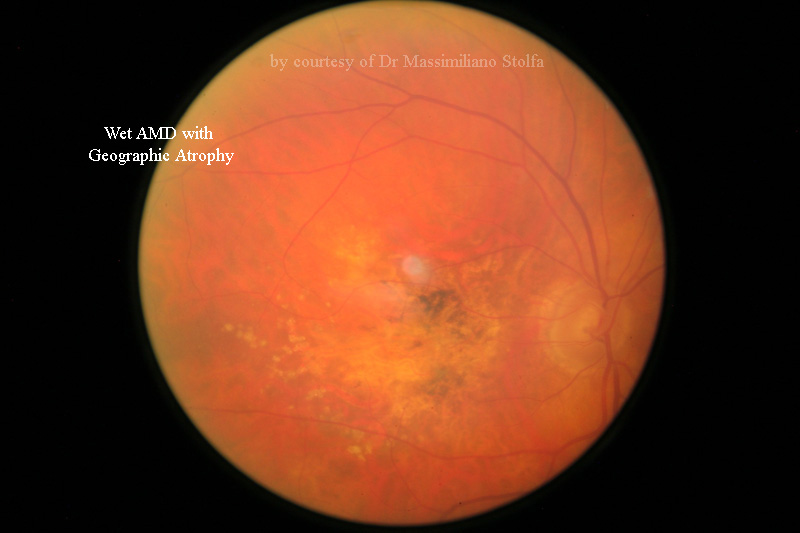
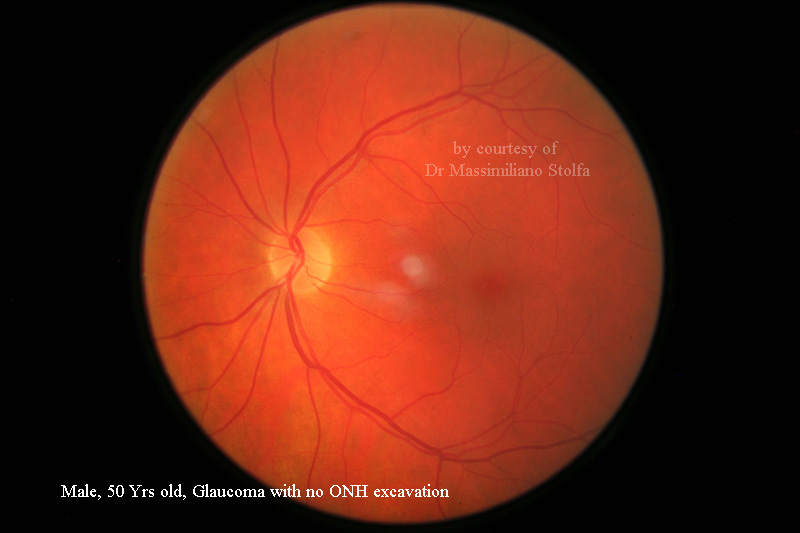
%20RE%20no%20Tx.JPG)
.JPG)
